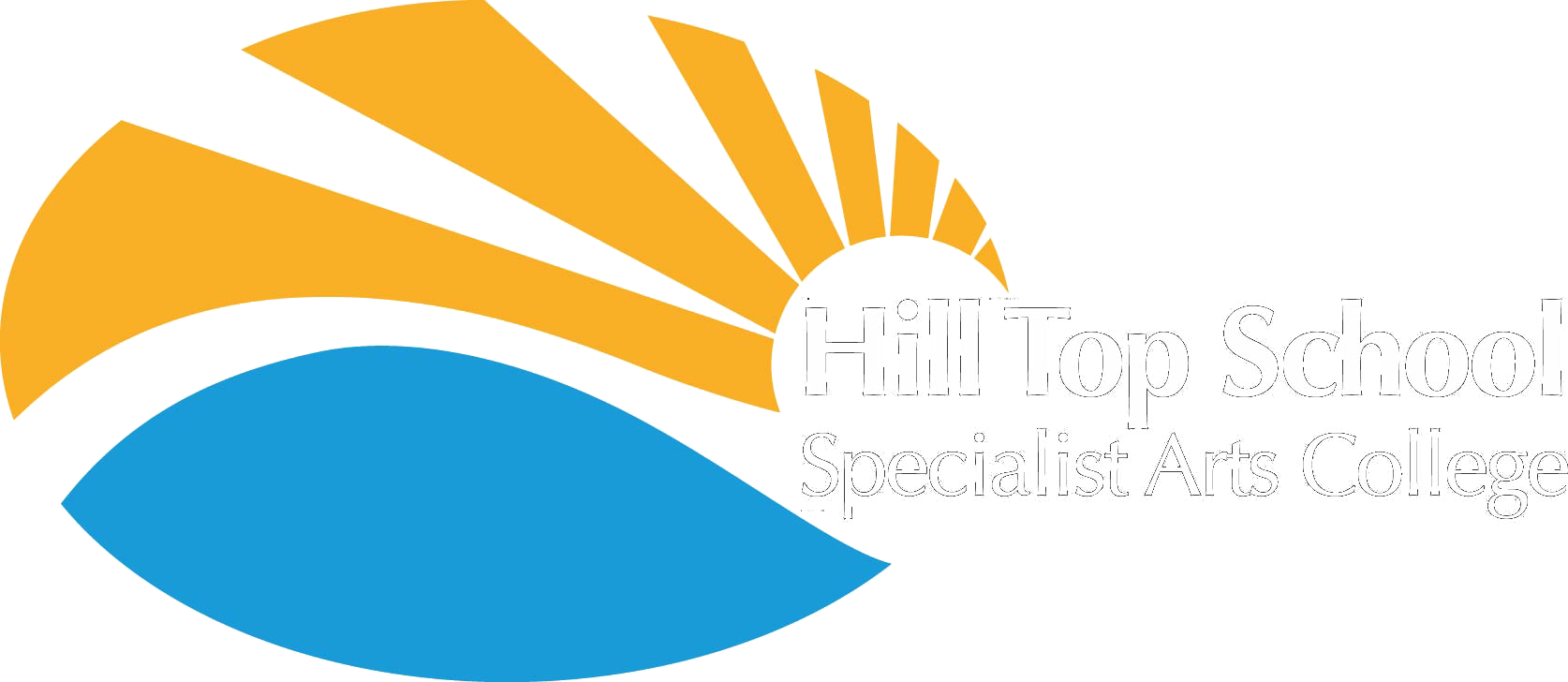Curriculum pathway definitions and numbers
2025-2026
Whole School 2025-2026
Formal Pupils- 75
Semi-formal pupils- 27
Informal Pupils 24
|
The curriculum delivery will require a personalised and fluid approach for all pupils to enable them to access the curriculum at the appropriate level. These definitions are not rigid, pupils can move between pathways depending on their individual needs. Teachers and support staff are therefore highly skilled in personalisation and differentiation. |
||
|
Informal |
Semi-formal |
Formal |
|
Typically, in a class of 5-7 students with a teacher and two or 3 TAs. Some students may have a 1:1 model.
End points of pre entry 1, with a focus on independent and life skills, within a supportive social care package. |
Typically, in a class of 7 – 8 students with a teacher and two or 3 TAs. Some pupils may have 1:1 model.
Typically end points of entry 1 or 2, potentially pupils will have an end point of supported further education courses or social care packages. |
Typically, in a class of around 10 or more students with a teacher and TA.
Typically end points of entry 2-FS2. Potentially pupils will access further education on supported courses, or supported internships. |
|
§ Pupils will have a diagnosis of autism and likely other associated or non-associated diagnosis or difficulties. § Pupil have significant difficulty in communication, the might have limited or no speech and rely on other forms of communication. Adults need to constantly model language without expectation.. § Pupils will struggle to attend to adult directed tasks, due to fleeting attention, limited motivators, rigid and obsessive behaviours due to significant cognitive delay and/or significant rigidity of thought. There is a need for activities to be highly motivating and engaging for them to access adult directed activities. § Frequent high levels of emotional distress due to difficulty in self-regulating, this could potentially lead to some self-injury or challenging behaviours. § Hyper vigilance and heightened anxiety throughout the day. § May show an inability to transition from one activity to another (or another space within school). High levels of transactional supports required for this, e.g. symbols, songs, objects. § Significant difficulties in tolerating the presence/proximity of others due to significant sensory sensitivities, requiring individual space to regulate. § High level of sensory seeking behaviours, or avoidant behaviours. § Pupils need 1:1 for learning activities and require high levels of support to remain safe, across the day. § Pupils require their learning to be delivered through a mix of child led activities and adult directed activities. § Pupils need their learning to be play based and are not yet engaged in subject specific learning. |
§ Most pupils will have a diagnosis of autism, lots will have with additional ADHD other other related needs. § Pupils need some support to communicate effectively, this might be signs, symbols or other visual support, there will be some communication difficulties, which will affect both expressive and receptive communication skills. § May have difficulties with tolerance and self-regulation, which can potentially cause challenging behaviour. § Pupils have difficulties in concentration but can attend to adult directed activities for between 15-20 minutes, with support and for self -motivating tasks, attention can be longer. § Can demonstrate some independence in lessons and working skills, e.g. through structured teaching approaches or when completing tasks when explained by an adult. Is also able to demonstrate some independence across the day, e.g., when transitioning to the hall for dinner time, however still requires higher levels of supervision. § Will have difficulties in understanding abstract concepts and needs learning to remain as concrete as possible. § Will struggle utilising sequential memory, exercising working memory, processing information, retrieving general knowledge, thinking, problem solving, and generalising previously learned skills. These will have to be taught explicitly in some situations and repetition of new skills is key. § Can acquire some subject specific knowledge, such as some phonetic knowledge in English and maths skills, science knowledge, as well as some basic subject specific vocabulary.
|
§ Pupil with moderate learning difficulties (MLD) who are working well below age related expectations. Pupils may have additional diagnosis of autism, adhd, FASD etc. § There may also be a delay conceptual development, difficulties in expressing ideas and feelings in words, a limited ability to abstract and generalise content learnt, limited attention-span and poor retention ability, slow speech and language development, difficulty adapting to change and an underdeveloped sense of spatial awareness. § Pupils have trouble with reading, writing and comprehension and have poor understanding of foundation mathematical concepts. They need over learning, repetition and opportunities to apply knowledge to real life contexts. § Likely to struggle with the content, process and presentation of their work. § Likely to have difficulties with the length of time for which they can concentrate on activities, with generalising and transferring knowledge and with processing input from more than one sense at a time. § Pupils need concepts to be linked by adults who work with them, as well as continuous revision and overlearning. § Can learn new knowledge in a subject specific way on an adapted national curriculum . § Can show a level of independence around school within normal levels of supervision, eg in the yard. school. § Can work towards appropriate accreditation. |
